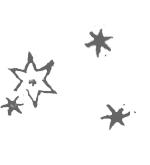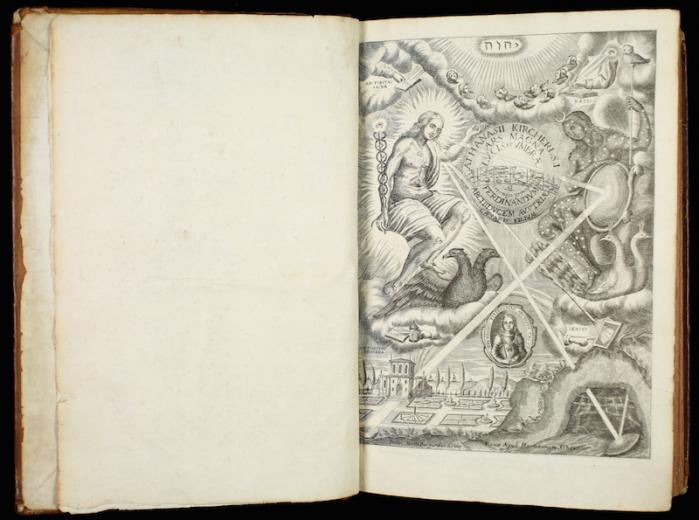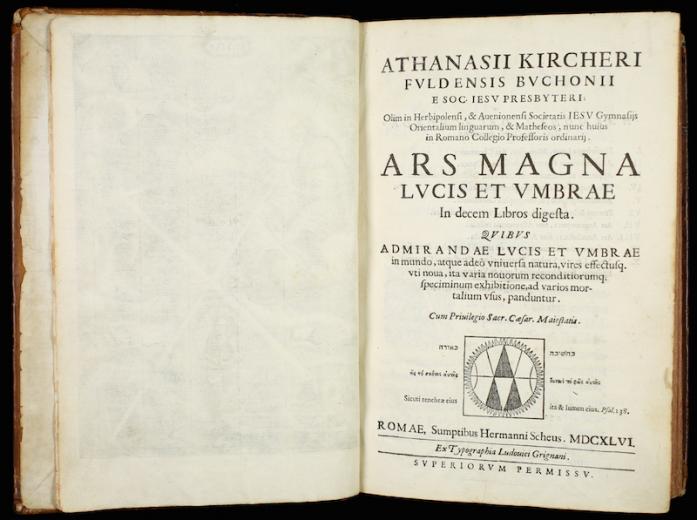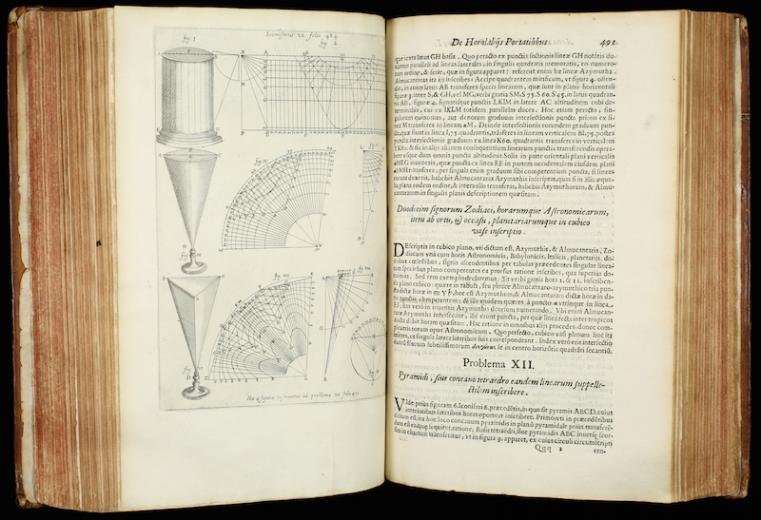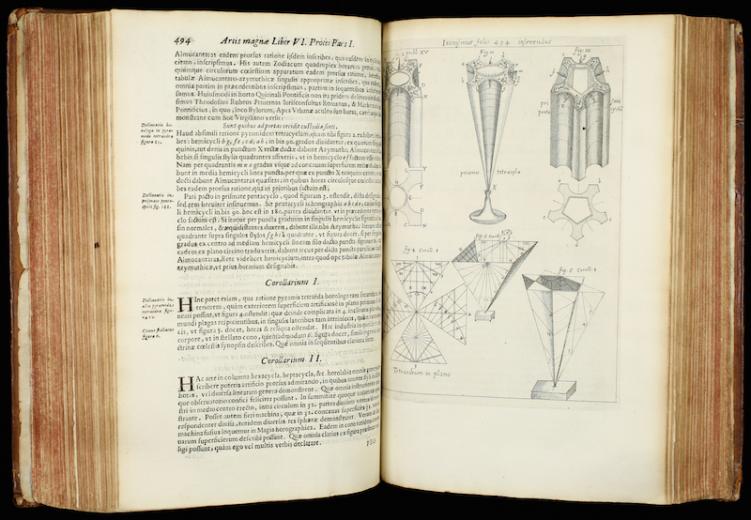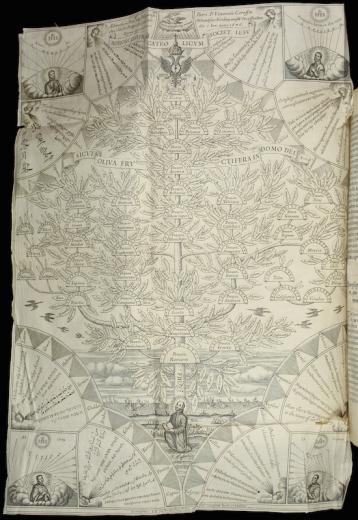Citation
Item Location
A “camera obscura” (“dark room”) consists of a box or container in which light enters via a small hole and projects an image on an opposite wall. The image will be reversed and upside-down, but its proportions will be preserved. In his Optics, Euclid cited the camera obscura as evidence that light rays travel in straight lines. Experiments with the camera obscura remained prominent throughout the perspectival tradition in the treatises of Ptolemy, Al-Haytham, Roger Bacon, Peckham, Leonardo, Johann Kepler and others. This work is an encyclopedia of lighting and perspective by Kircher, a Jesuit polymath at the Rome College (Collegio Romano).
Related Items
Resource Type: Book

